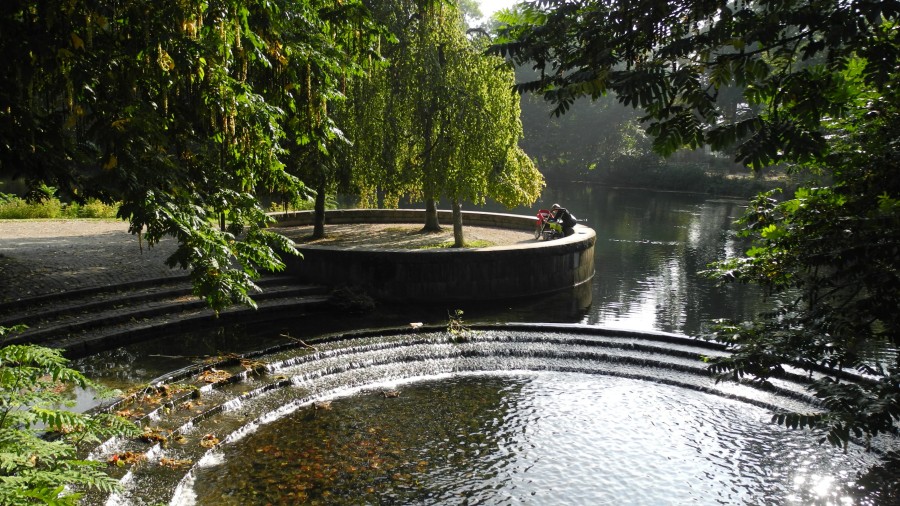In our Open Voices blog we share insight from leaders in our communities who are advancing what it means to have sacred, open green spaces in our cities. This month we discuss the real, lived experience when you rest in nearby nature. Look around you, take a deep breath and allow a moment for your Self.
Spending time in nature relaxes us. Even after just a few minutes of being in a green space our bodies slide into a relaxation response. You will experience a decrease in blood pressure, a decrease in cortisol output, heightened immunity, a decrease in muscle tension, and an increase in alertness.
Urban lifestyles demand our close attention, be it sitting at a desk attending to the details of work or studies, family scheduling, or navigating busy streets to make our way for errands. This lifestyle of chronic stressors is described in thousands of online discussions as ‘busyness’ culture, and it takes a toll. Allowing your body and mind to operate in a ‘busy’ lifestyle and mindset is another way to describe a chronically activated sympathetic nervous system. A prolonged stress state contributes to high blood pressure, promotes the formation of artery-clogging deposits, and causes brain changes that may contribute to anxiety, depression, and addiction. Continued directed attention (towards work or tasks) tires our powers of concentration, leading to irritability, inability to focus, and even general frustration.
In response to this questioning of chronic stress culture, Scott Belsky, in ‘What Happened to Downtime? The Extinction of Deep Thinking and Sacred Space’, examines the state of our public and private lives.
“Interruption-free space is sacred. Yet, in the digital era we live in, we are losing hold of the few sacred spaces that remain untouched by email, the internet, people, and other forms of distraction.”
Belsky offers possible mindsets and solutions to reclaim sacred spaces and traditions that allow our minds and bodies to relax in nature. We could establish a personal or community ritual for unplugging, pause each day for a purposeful dose of deep thinking, meditate, take a nap, and practice self-awareness. This author is part of an emerging call for new thinking about open, relevant sacred spaces imbedded in everyday life that can elevate visitors into a deeper, healthier and more peaceful relationship with themselves, their neighbors, and the built world.
Sacred place experiences provide time and the surroundings for respite from the pressures of urban living and an opportunity for a deeper human experience. Some sacred spaces are innately so; others are intentionally designed. Nature is often a key element of sacred spaces, for air, water, sun and plants satisfy our basic needs, and connect to the deeper processes of life. Nature – flowers, clouds, water ripples, the patterns of leaves – offer ‘soft fascination’ that holds our attention without effort and restores our ability to think and focus. Attention to nature also offers brief experiences that transcend everyday details, giving us opportunities to discover and reflect on the sacred in everyday life.
We know that urban green spaces and parks are important for recreation and relaxation. Sacred, open green spaces offer another level of experience as they lift the human spirit and offer the opportunity for individual and community transformation.

